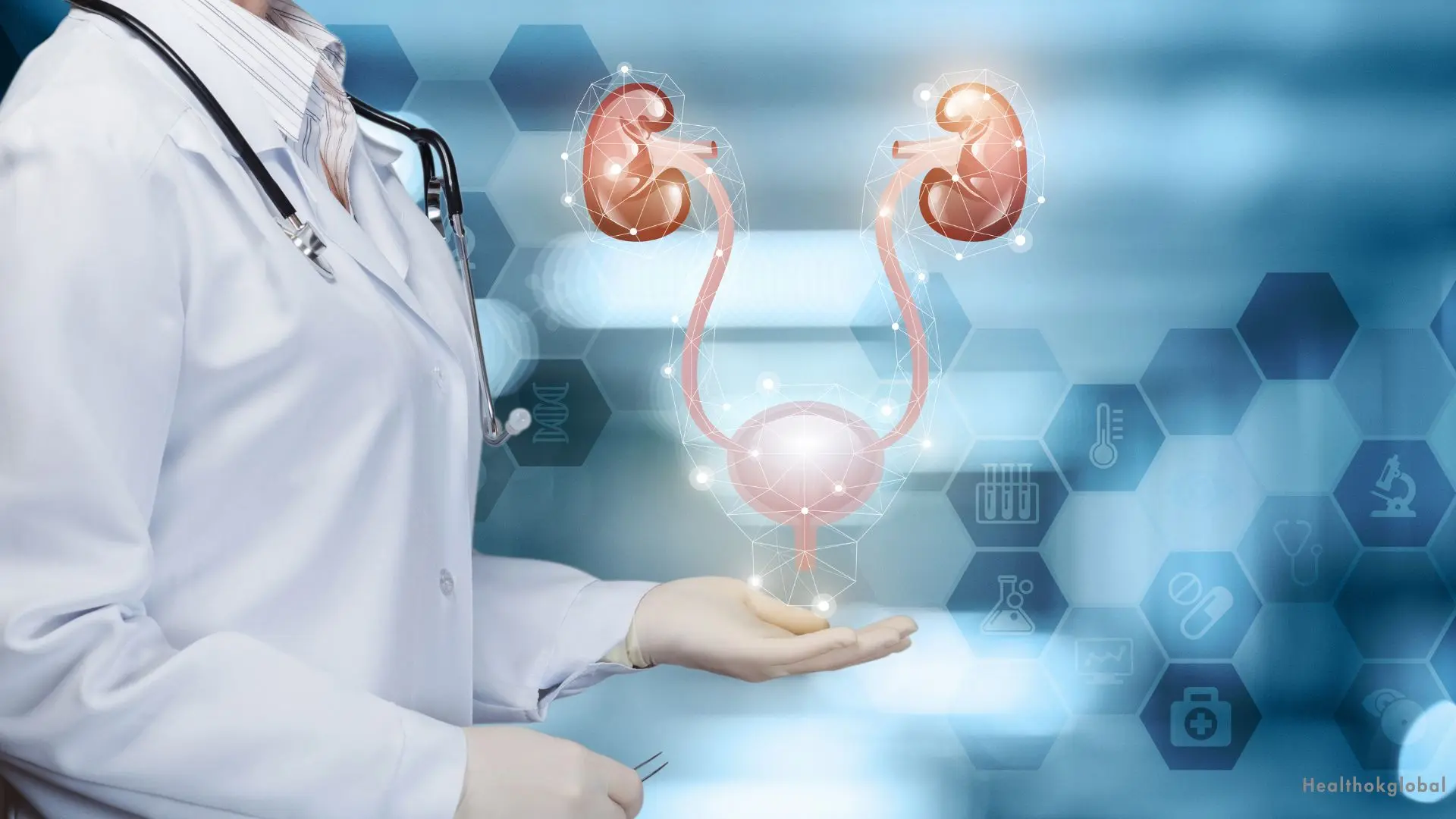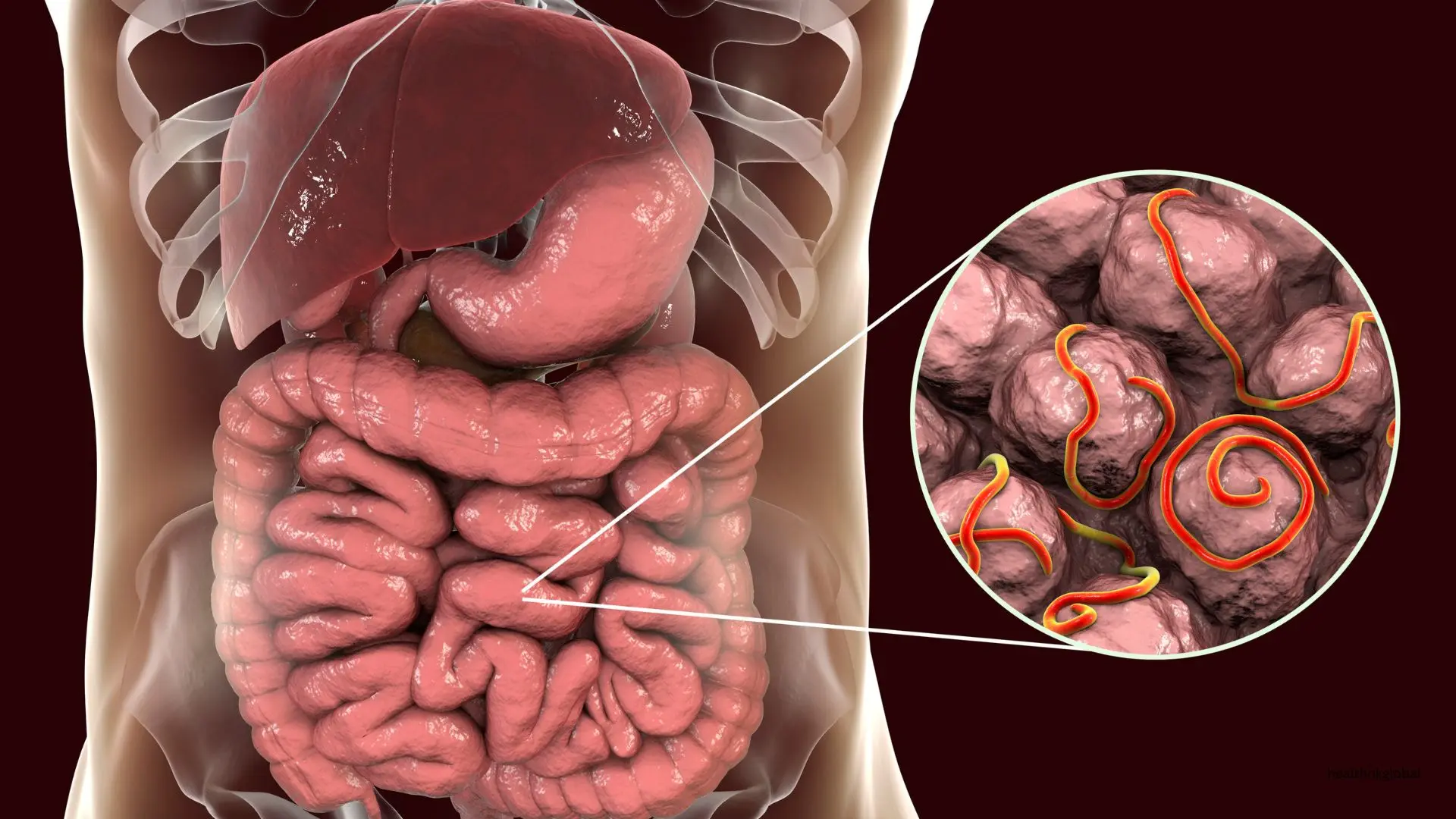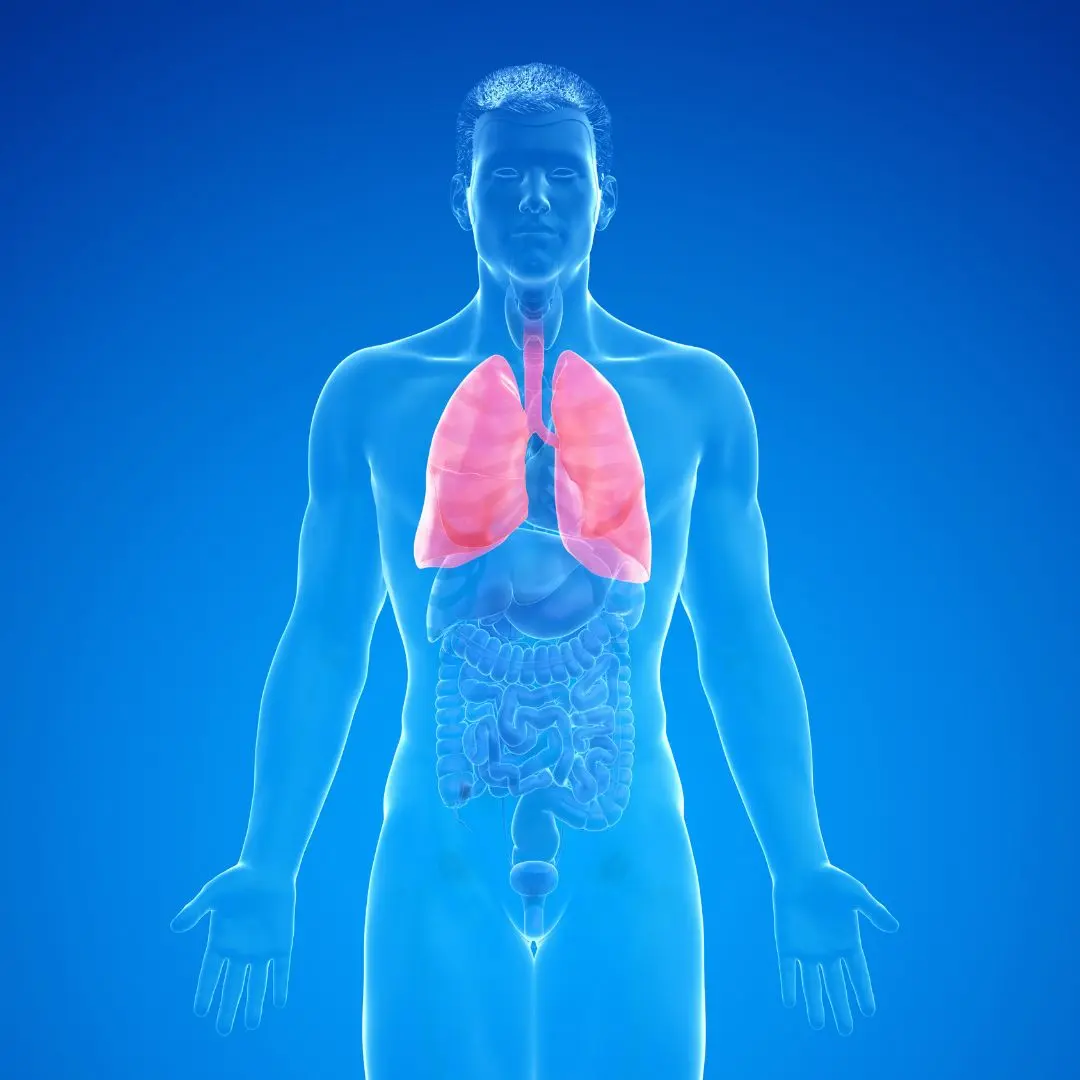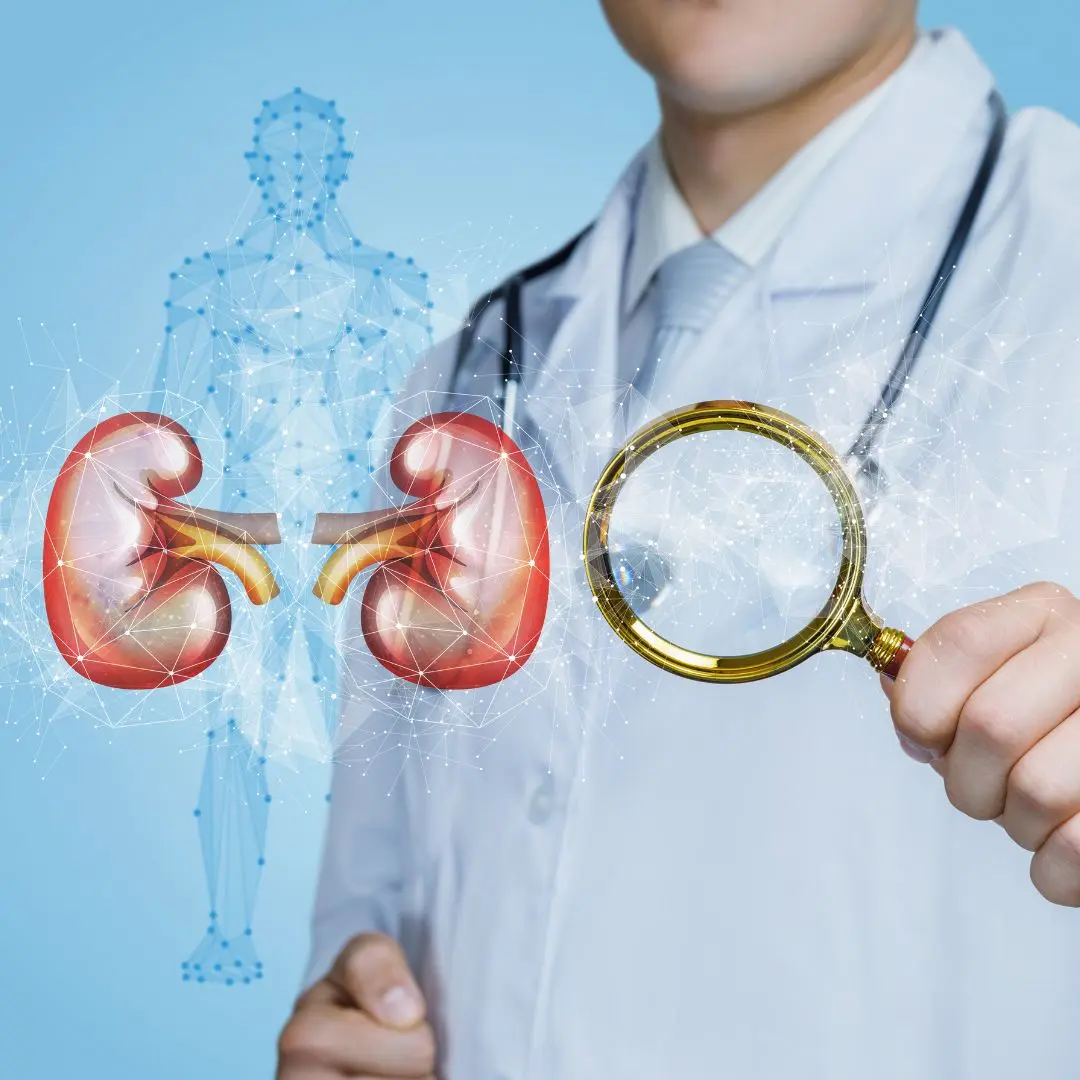The bladder is a vital organ in the urinary system, responsible for storing and expelling urine from the body. Understanding the trigone of the bladder is essential for recognizing its role in urinary function and related medical conditions.

Blog
Understanding the Trigone of the Bladder: Structure and Function
The bladder plays a crucial role in storing and expelling urine. Among its anatomical components, the trigone stands out as a structurally distinct triangular region vital for urinary health. The trigone is involved in regulating urine flow and preventing backflow, making it a key area of study for urologists and healthcare providers. In this blog, we will explore the anatomy, function, and clinical significance of the trigone of the bladder.
The trigone is a triangular region located on the internal surface of the bladder. It is formed by three openings: the two ureteral openings (where urine enters from the kidneys) and the internal urethral orifice (where urine exits into the urethra). Unlike other parts of the bladder, which have a mucosal lining that folds when the bladder is empty, the trigone remains smooth and firm.
The trigone serves multiple important functions, including:
The trigone ensures that urine is efficiently directed from the ureters into the bladder and subsequently into the urethra.
Through its structural design and muscle control, the trigone helps prevent urine from flowing backward into the ureters, a condition known as vesicoureteral reflux.
The trigone contains stretch receptors that send signals to the brain when the bladder is full, triggering the urge to urinate.
Given its role in urinary health, the trigone is associated with various medical conditions.
Trigonitis is an inflammatory condition affecting the trigone region of the bladder. It is often linked to recurrent urinary tract infections (UTIs), hormonal changes, or irritants such as certain hygiene products. Symptoms may include pelvic pain, frequent urination, and discomfort during urination.
Bladder cancer frequently originates in the trigone due to its constant exposure to urine and potential carcinogens. Early symptoms may include blood in the urine (hematuria), frequent urination, and pelvic pain. Prompt diagnosis and treatment are crucial for better outcomes.
Vesicoureteral Reflux (VUR) occurs when urine flows backward from the bladder into the ureters and kidneys. This condition increases the risk of urinary tract infections (UTIs) and kidney damage, particularly in children. Treatment options range from antibiotics for mild cases to surgery for severe reflux.
Diagnosing trigone-related disorders involves various clinical and imaging techniques.
A minimally invasive procedure where a thin, flexible tube with a camera is inserted through the urethra to visually inspect the bladder's interior, including the trigone.
Advanced imaging techniques that provide detailed, non-invasive visualization of the trigone to detect structural abnormalities and assess bladder health.
A specialized test that evaluates bladder function, measuring pressure and urine flow to diagnose conditions such as overactive bladder and urinary incontinence.
Treatment varies depending on the condition affecting the trigone.
Pharmacological treatments are commonly prescribed to manage infections and inflammation affecting the trigone region.
In severe cases, such as advanced vesicoureteral reflux or bladder cancer, surgical procedures may be necessary to restore normal bladder function.
Maintaining adequate hydration, incorporating pelvic floor exercises, and making dietary adjustments can support trigone and overall bladder health.
The trigone plays a crucial role in directing urine flow, preventing backflow into the ureters, and providing sensory feedback to signal bladder fullness.
Trigonitis may result from bacterial infections, hormonal imbalances, or chronic irritation due to underlying bladder conditions.
Preventive measures include promptly treating urinary tract infections (UTIs), staying hydrated, and practicing bladder training techniques to maintain healthy urination patterns.
The trigone of the bladder is essential for maintaining proper urinary function. Understanding its role in health and disease allows for early detection and treatment of urinary disorders. If you experience urinary symptoms, consult a healthcare professional for appropriate evaluation and care.
Explore more on related topics: Constipation Nursing Diagnosis and Homeopathic Medicine for Anxiety.
HealthOK Global provides expert insights on nutrition, meal planning, and healthy eating habits. Contact our FREE 24 x 7 Healthcare Helpline at +91-8047190955 for assistance.
The trigone plays a crucial role in directing urine flow, preventing backflow into the ureters, and providing sensory feedback to signal bladder fullness.
Trigonitis may result from bacterial infections, hormonal imbalances, or chronic irritation due to underlying bladder conditions.
Preventive measures include promptly treating urinary tract infections (UTIs), staying hydrated, and practicing bladder training techniques to maintain healthy urination patterns.
Need Personalized Health Guidance?
Get expert advice tailored to your specific health needs from our qualified healthcare professionals.





